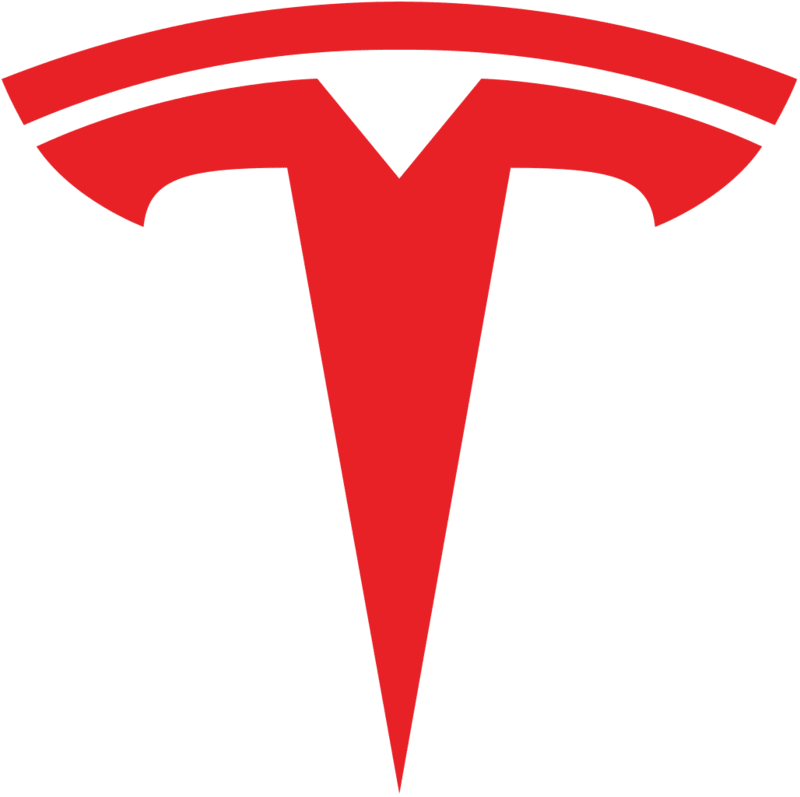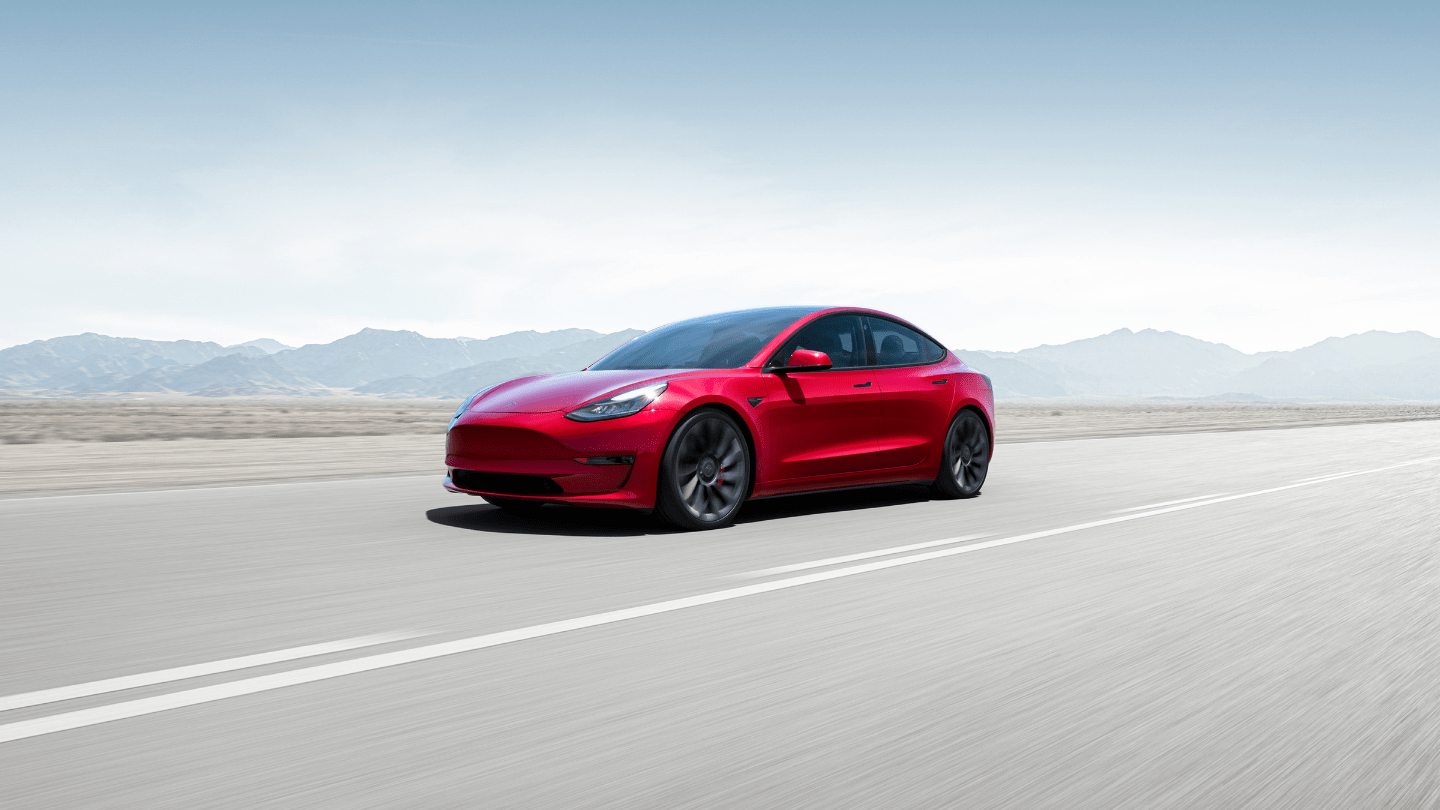Thinking about some of the self-driving conversations that have been taking place, and vaguely remembered that Tesla launched a public policy portal earlier this year (Tesla Engage).
“Engage Tesla is a new platform for both Tesla's public policy team and Tesla Owner's Clubs. Its goal is to create a digital home base for all of our work, and make it easier for Tesla community members to learn what's top of mind for us, take meaningful action, and stay in the loop. We hope you'll join us in getting involved.”
Engage Tesla is a new platform for both Tesla's public policy team and Tesla Owner's Clubs, providing a digital home base for community and meaningful action.

engage.tesla.com
Feel like they could be doing so much more with this portal?
Has anyone received any communication from them? (E.g. targeted emails/messages about local Tesla club events since they have them all in their calendar)



